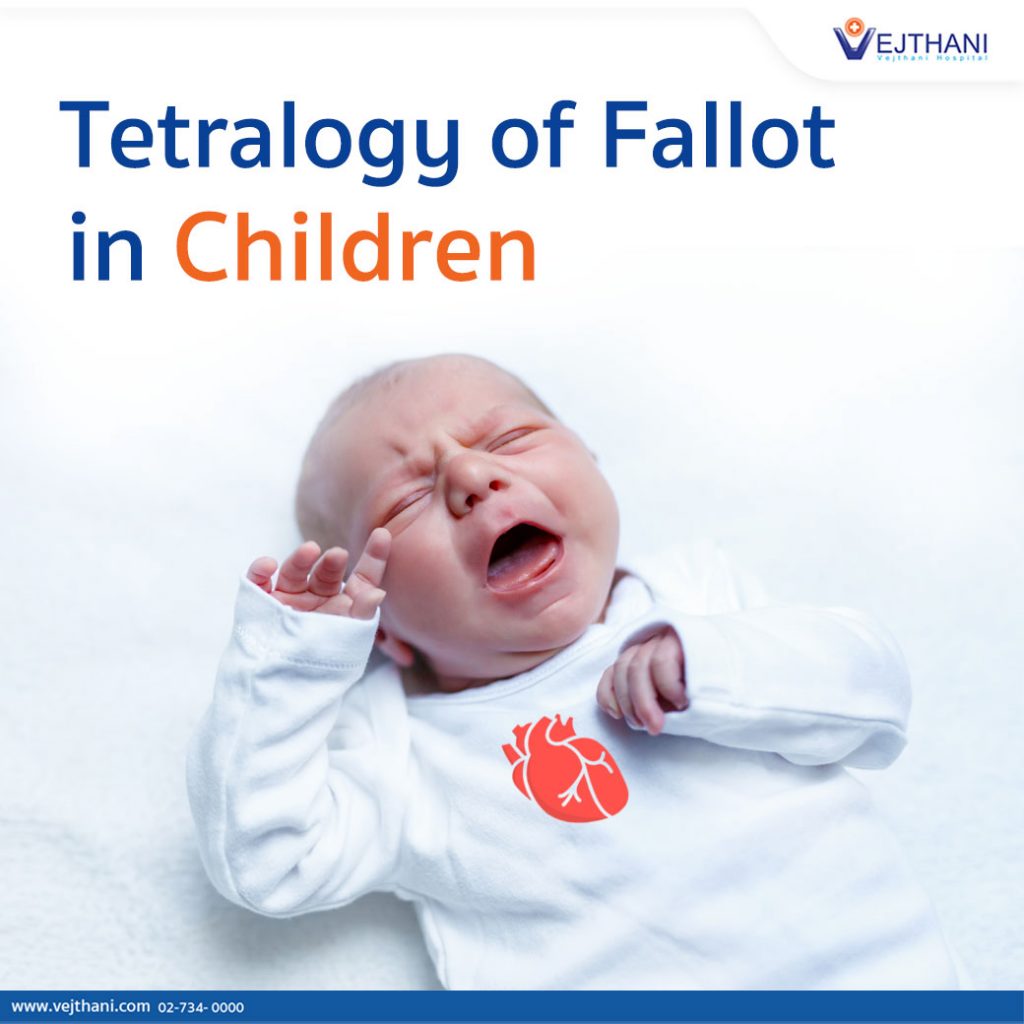Reduce the Risk of SIDS Actions Caregivers Must Take
Learn how to reduce the risk of Sudden Infant Death Syndrome (SIDS) with safe sleep practices, caregiver guidance, and early preventive measures.

Tetralogy of Fallot refers to a type of congenital heart defect. Congenital means that the condition is present at birth. Tetralogy of Fallot is classified as a cyanotic heart disease because the condition causes low oxygen levels in the blood and it leads to cyanosis (a bluish-purple color of the skin). However, the exact cause of most congenital heart defects is unknown. Many factors seem to be involved. The factors that increase the risk for tetralogy of Fallot during pregnancy includes:
Tetralogy of Fallot is made up of four related defects of the heart and its major blood vessels include:
Tetralogy of Fallot is rare, but it is the most common form of cyanotic heart disease. At birth, infants may not show signs of cyanosis. However, later they may develop sudden episodes (called “Tet spells”) of bluish skin during crying or feeding.
Signs and Symptoms of Tetralogy of Fallot:
Basically, a physical examination with a stethoscope almost always reveal heart murmurs. However, the patient may need to undergo a chest x-ray, a complete blood count (CBC), echocardiogram, electrocardiogram (EKG), and MRI of the heart (generally after surgery).
Most of the Tetralogy of Fallot cases can be treated by surgical treatment. Open-Heart Surgery will be performed to repair heart defects presented in Tetralogy of Fallot. It is usually done when the infant is very young. Sometimes more than one surgery is needed. When more than one surgery is performed, the first surgery is usually done to help increase the blood flow to the lungs and another surgery is to correct the defects and can be done at a later time. The corrective surgery is done to widen the narrowed pulmonary tract and close the ventricular septal defect. The possibility of complications that may occur include delayed growth and irregular heart rhythms. However, 90%of the babies who received the surgery survive to adulthood and live an active, healthy, and productive lives. Without surgery, death usually occurs by the time the person reaches age 20.
Patients who have live with severe leakiness of the pulmonary valve may need to have the valve replacement surgery.
Regular follow-up with a cardiologist to monitor for life-threatening arrhythmias (irregular heart rhythms) is recommended.
